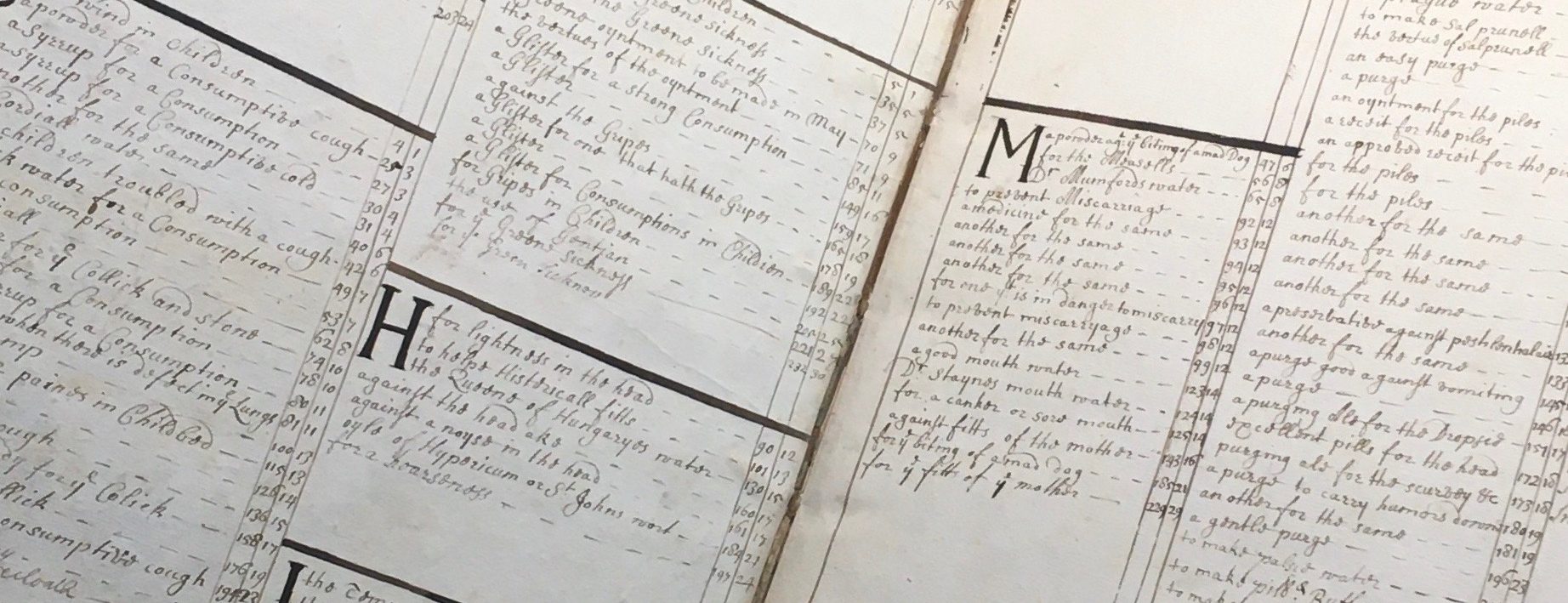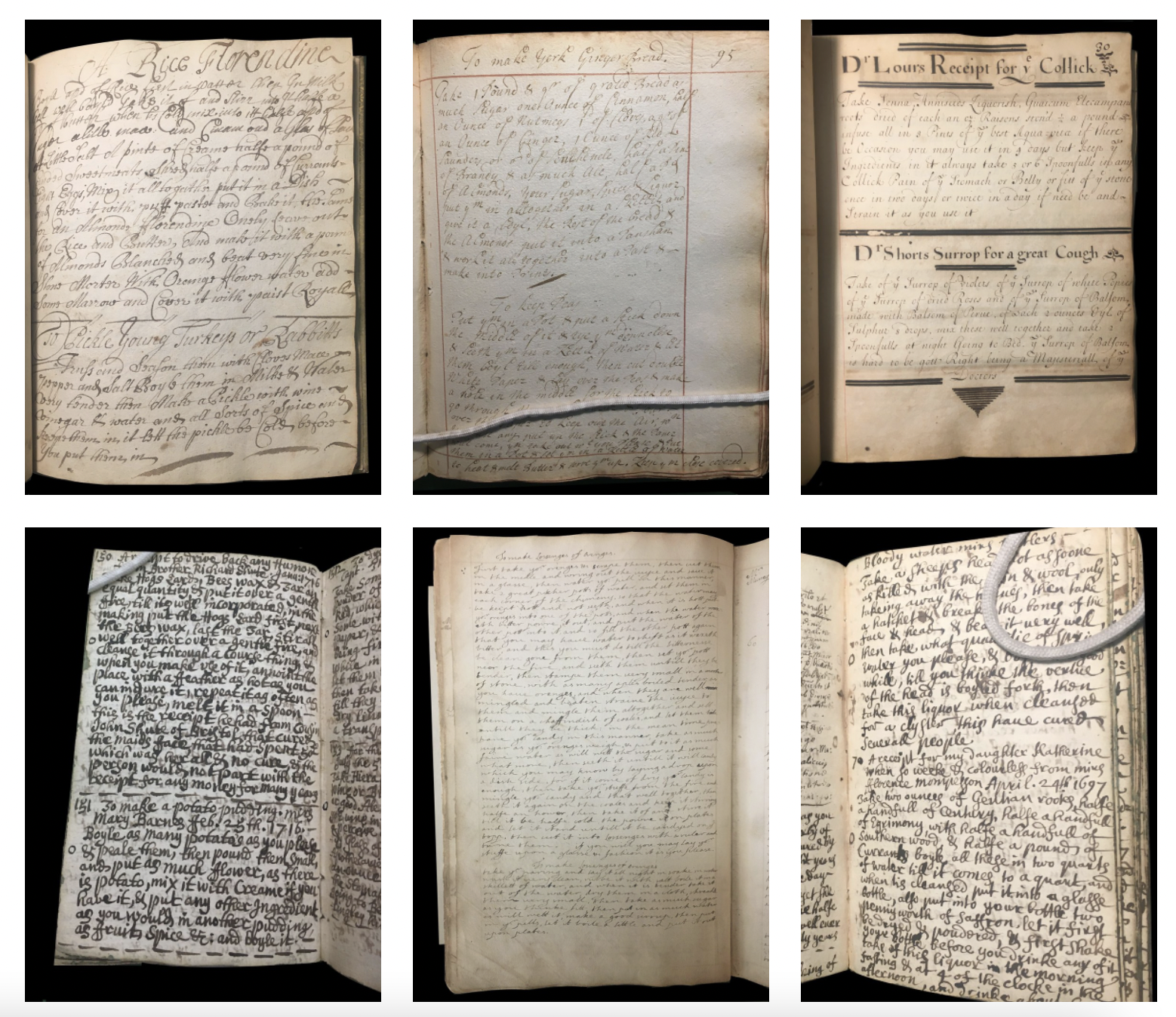
Welcome!
This exhibit combines custom interactive maps and 17th-century cookbooks to visualize the relationship between food and empire that fueled the rapid expansion of global trade, expansion, exploration, and extraction in the early modern era. It achieves this by plotting the ingredients used in early modern English cookbooks on historical maps, enabling users to journey through the process of how food and foodways shaped contemporary conceptions of space and place. The exhibit’s interactive features are accompanied by multimedia and brief essays exploring how these cookbooks’ written contents, bibliographical history, and physical and social uses display their makers’ participation in the globalization processes that characterized the early modern period.
On a narrower scale, this exhibit is designed to reject and replace the two-way-arrow static map model of the Columbian Exchange that, for many students in the United States, is our first engagement in school with newly globalized trade in the early modern era. The “exchange model” serves its users a cheerfully imperialist narrative of this time period, ignoring the robust and often jaw-droppingly vast networks of commerce that spanned continents and oceans for millennia before Europeans established trade networks on the same routes. At the same time, the model’s use of the politely commercial term exchange covers up the centuries-long European implementation of indigenous extinction, land occupations, and resource extraction. Furthermore, the exchange model’s contextless portrayal of foodstuffs as equal in commercial value to animals and technology erases the significance of foodways as motivations, scaffolds, and sites of controversy of expanding empire.
Why cookbooks?
The New York Public Library’s Whitney cookery collection offers a unique lens through which any interested person can critically study the rapid expansion of foodways on a global scale as a result of expanding empire in the early modern period, as well as the changing politics of domestic labor and the development of the cookery manuscript object as an instrument of class hierarchy. The compilation of cooking and medicinal recipes, as well as mixtures for cleaning solutions, dyes, and other household items, materializes the very real relationship between food and empire that crucially fueled English colonization efforts in the early modern period.1

Mapping as Method
Representing the Whitney cookery collection as a series of interactive maps centers how cookery shaped early modern conceptions of space and place. The cookery manuscripts are intensely physical objects: their pages crinkle under the fingers, stick together in chunks, and must be flipped with care so that they don’t rip. Simultaneously, the manuscripts represent a more global materiality: their written contents, bibliographical history, and physical and social uses display their makers’ participation in the globalization of trade, exploration, and extraction that characterizes the early modern period. Collection materials from this collection remain just as much multiple parts of a whole as they do wholly individual items.
However, mapping this collection offers its own set of complications. Europeans created and conceptualized the basemaps used in this project to legitimize European empire-building via the extraction of lives, labor, natural resources, and cultural wealth from Indigenous communities. While these historical maps offer modern users a fascinating lens into the global foodways of the early modern world, they provide a brutal reminder that the cartographic hierarchy that informs them was designed to delineate colonial holdings, propagandize imperialist concepts of possession and space-filling, and reinforce control over land, people, and resources. Moreover, the field-standard basemaps that frequently support mapmaking today (including those from CartoDB, OpenStreetMap, Google Maps, Stamen, and most current shapefiles produced by government bodies and academic institutions around the world) share the same Eurocentric cartographic hierarchy. As such, this exhibit remains itself an awkward contradiction: its interactive maps strive to position the role of food and early modern foodways in a more accurate global history of trade, occupation, and empire, but its basemaps enforce a Eurocentric geographic imagination.